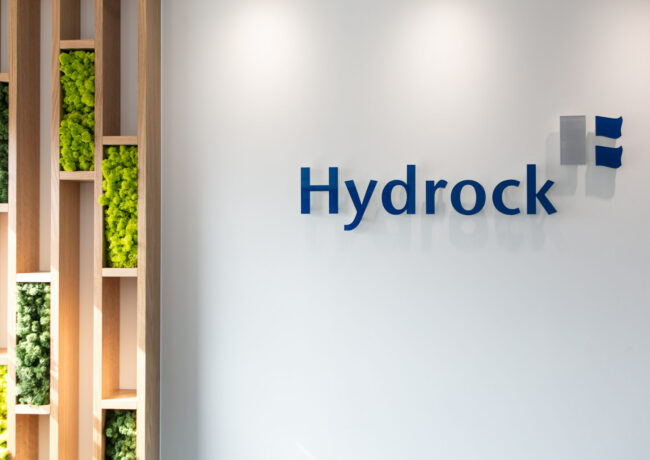Commentary
COMMENT | How clients can drive construction’s tech revolution
The potential is there for clients to take an active leadership role and propel the adoption of technology within the construction industry through how they procure and manage projects, writes James Chambers of Bluebeam.
By taking the lead, clients can set out what they want from the project and link it closely to their wider business objectives.
Starting off on the right foot
It all starts at the beginning of the procurement process. When setting out the requirements for the project, factor in technology. Which tools do you want to use? What do you already have? How can you ensure integration with your own systems? What are the workflows and processes that work best for you?
At this stage, you should review any previous projects and identify the moments where time, quality or cost issues occurred. That will help you ensure that, in the future, the relevant checks and balances will be in place from day one.
Consider the level of digital understanding within your business. You need decision makers who understand the wealth of options available, and the key terminology used in construction software and technology. Otherwise, there is a risk that you will ask for something because it is the latest thing rather than the right thing. This adds unnecessary cost and complications to your project that you simply do not need.
Nowhere has this been more apparent than when people have specified higher levels of building information modelling (BIM) compliance than are needed. It is an expensive route to take.
Having this understanding upfront means that you will be able to make informed, relevant choices. That increases the likelihood that you will get the information you need, and, more importantly, understand it and how it relates to your business.
Effective project oversight
A focus on collaboration across the multiple stakeholders involved in projects is also important. Working on shared tools in the cloud keeps everyone in sync on the latest documentation. This reduces time spent reworking, improves accuracy, and creates an audit trail for any decisions and changes made.
Reporting and tracking tools are necessary to bring this to life. Digital solutions can be used to monitor supply chain performance, as well as build programme and project risks. Ensuring that this is presented via readable dashboards makes it easier to spot issues and intervene.
Moreover, by having good data processes and systems in place, you are going to make life easier at the end of the project when the building is handed over. You will already have a head start when it comes to understanding the information that you will be given. It should also make for a smoother process when it comes to the operation and maintenance phase.
With a move towards creating a golden thread for buildings, where information relating to the design, build, occupation and maintenance is stored and accessible to owners, this continuity and clarity will be important for the long-term improvement and quality of our built environment.
Because we believe that it is important to educate clients so that they can see greater benefits from their project, we are teaming up with the Chartered Institute of Building (CIOB) to create guidance in this area. If you are interested in finding out more, visit Bluebeam.
- James Chambers is regional director and vice president of business development UK at Bluebeam





